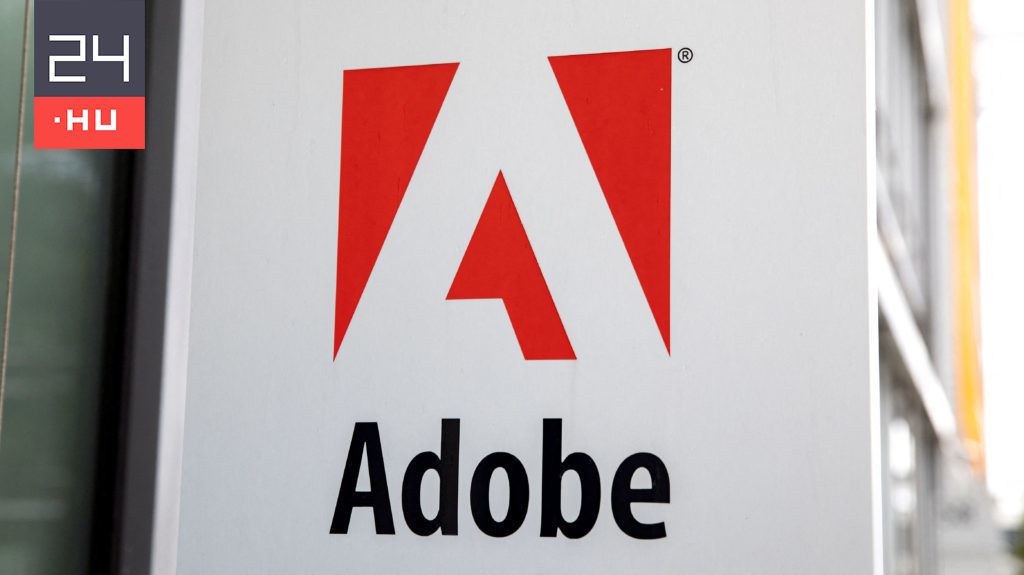The Adobe Flash Player was officially discontinued last December, and it will no longer receive security updates from January 1, 2021. The old tool is therefore considered particularly risky, and although Microsoft initially recommended only removing it, it will later take a specific step to remove evidence from users’ devices. . According to a blog from Redmond, the Windows 10 KB4577586 package will be available in July,
Although the company in October of last year already Enabled Manually installable updates in the Microsoft Update Catalog that allowed users to get rid of unnecessary files left on the system, the Summer Pack does so with a hussar chunks.
Adobe announced in 2017 that it would be phasing out Flash, support and distribution would be discontinued in 2020, and even then, legacy technology would only receive security updates. Therefore, developers were required to move to some modern, open standards. The story actually ended on the 31st of December, ending the player’s career, which was released in 1996 and then set the millennium. After that, there will be no more updates, the installers will disappear from the download pages, and the content will also be blocked from running. The company added that users should not try to circumvent the situation, as cybercriminals who have convincing Flash Player installers have so far preferred to spread malware.
Steve Jobs, the CEO of Apple, who passed away in 2011, was the first to vehemently opposed Flash because it often doesn’t work properly, and hackers also prefer to exploit its vulnerabilities, so it was discontinued in 2010 on iOS. Many security companies have previously warned users that they prefer removing the program from their devices. The most compelling reason for Adobe’s decision is Flash’s obsolescence.
Most of the developers have already switched to open standards that can perform the same task as Flash, and it appears that Adobe itself began switching to HTML5 technology in late 2015. As the company wrote in its blog post, open standards such as HTML5, WebGL, and WebAssembly have arrived in recent years. Alternatives became available for developing web content. Nowadays, browser manufacturers are likely to integrate technologies directly into the browser and stay on with the various plug-ins.






